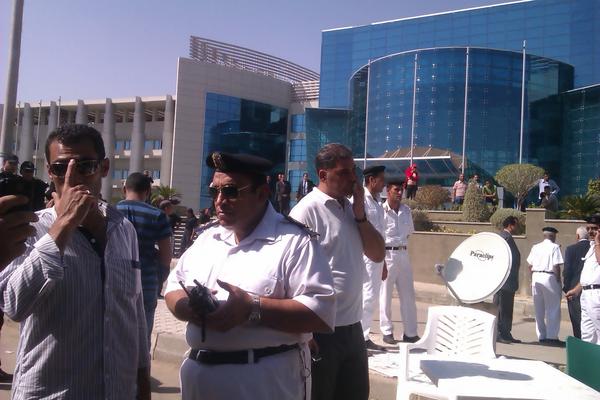A recent report issued by Ernst & Young expected Egypt and Saudi Arabia to remain hot spots for foreign investment in the coming period.
“Egypt and Saudi Arabia are expected to remain hot spots for investments, regardless of the region’s political and economic constraints,” the report confirmed.
Scatec Solar, a European utility, has agreed to build a 400 MW solar power plant in Egypt.
Saudi Arabia is moving ahead with its plan to develop more than 30 renewable projects by 2027, divided between 400 MW from wind and 300 MW from solar.
Furthermore, Marafiq, a Saudi Arabian integrated power and water company, also plans to launch an IPO by 2019.
“With sustained deal activity in conventional generation still subdued, P&U transactions are taking on more unpredictable characteristics. Quarterly reports of transactional activity are dominated by the anticipation of asset sales flowing from privatisation related structuring and market reform combined with a steady undercurrent of smaller renewables and new energy deals. The continuing low interest rate environment and a surplus of global capital against available opportunities provide a favourable environment and outlook for P&U assets,” concludes David Lloyd, Middle East Power and Utilities Transactions leader at Ernst & Young.
The quarterly Ernst & Young “power transactions and trends” report has found that an influx of European investors saw the region’s deal activity increase to six times that of the first quarter (Q1) of 2017, reaching $845m in Q2.
As in previous quarters, green field investments outstripped brown field investments, and increasing M&A signifies growing investor confidence. Across the region, energy reforms remain a prime source of investment opportunities as governments work to increase the appeal of their markets to private capital. In July, Egypt raised household electricity prices by 42 percent in a bid to rationalised subsidies.
Furthermore, many governments are also diversifying their energy mix as oil prices fall.
Saudi Arabia has launched a tender to build a 400 MW utility-scale wind power plant, a first for the country. In the wider MENA region, an additional 35 GW of wind capacity is expected to be installed by 2026.
Commenting on the wave of activity, Lloyd, said, “the Middle East and Africa continue to offer opportunities for investors looking to diversify their portfolio. As low-risk, high-value projects dry up in developed countries, investors are starting to move into higher-risk regions where they can expect less competition and higher returns.”
Key investment announcements made so far this year include European investors acquiring assets in energy services and power generation across the region.
In June, French utility Engie invested $775m in a 40 percent stake in Tabreed, a UAE-based company that provides innovative alternatives to traditional air-conditioning. Engie plans to use this acquisition to support expansion into emerging markets within the Middle East.
Additionally, the European Bank for Reconstruction and Development (EBRD) plans to provide Egypt with a $500m debt facility to build a 750 MW of solar photovoltaic (PV) capacity.
The EBRD will also invest in Jordan with plans to provide $70m debt to build a 51 MW solar PV power plant.
Also investing in Jordan is the International Finance Corporation with plans to provide $70m debt to Masdar’s 200 MW Baynouna solar (PV) project.



